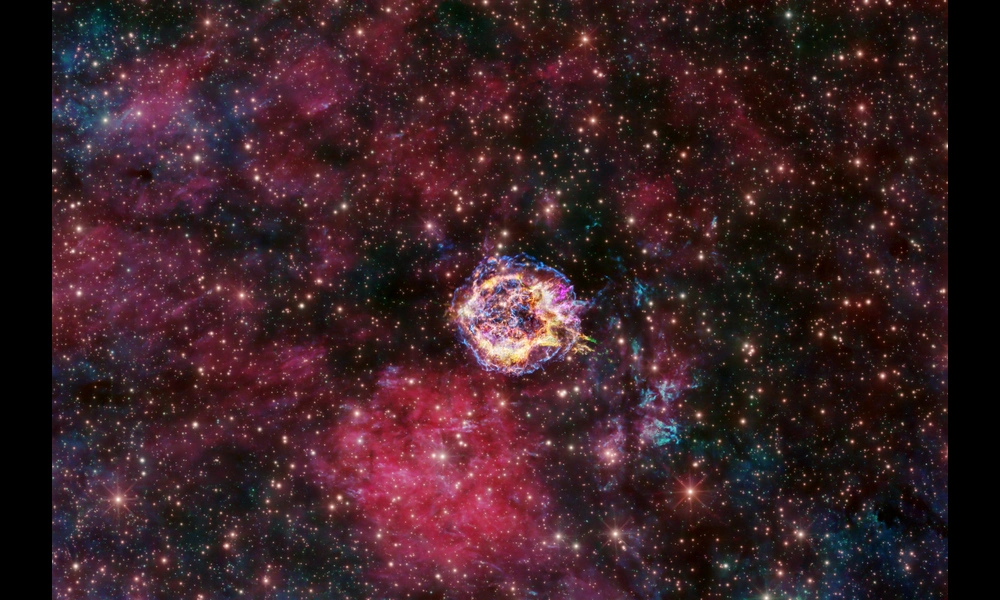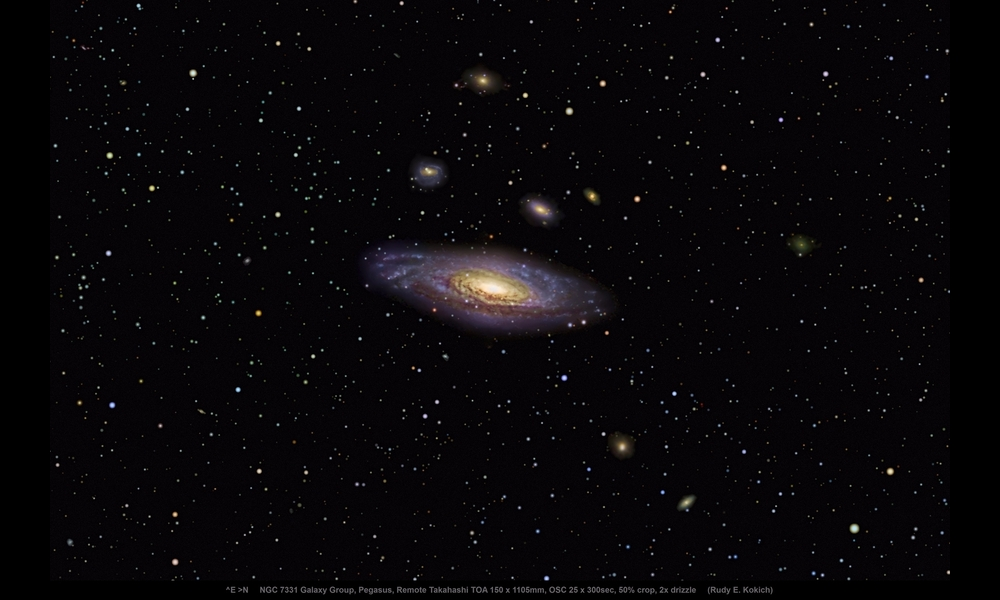New Signal Processing Technique Promises Faster Detection of Cosmic Events
Published on Mon Jan 15 2024 Radio Version - Echoes of Stellar Demise: Tracing Cassiopeia A's Supernova Remnant using 525 Hours of integration | William Ostling on Flickr
Radio Version - Echoes of Stellar Demise: Tracing Cassiopeia A's Supernova Remnant using 525 Hours of integration | William Ostling on FlickrScientists are on the brink of revolutionizing the way we delve into the depths of the cosmos, interpreting faint whispers from distant events embedded in the static noise of the universe. Their tool of choice, the Fast Fourier Transform (FFT), is set for a turbocharge thanks to a new study exploring its implementation on wafer-scale supercomputers. The groundbreaking research, led by Maurice H.P.M. van Putten and his international team, outlines a novel approach to conducting FFT on a large, homogeneous grid of processing elements (PEs), unlocking the potential for faster, more efficient signal processing.
The study's crux lies in optimizing FFT performance by introducing a "synchronous slide operation," significantly minimizing memory overhead—the persistent stumbling block in real-time signal processing. This technique allows for the seamless shuffling of data between PEs, effectively facilitating data handling on a massive scale. It promises a new horizon for projects such as multi-messenger astronomy, where capturing and processing faint signals from deep space events like black hole mergers or supernovae is critical.
The proposed method has boasted impressive results in early testing on the CS-2 wafer-scale engine (WSE), showing that performance effectively scales up with the size of the data array. This innovation could dramatically expedite the search for faint signals buried in noisy data, effectively operating closer to the theoretical peak performance of the processing platform.
Now, this might sound like a bunch of tech jargon, but the implications are astronomical—literally. The homogeneous mesh architecture provided by the CS-2 wafer-scale engine turns an often cumbersome and time-consuming task into a potentially swift and more manageable process. A task that once strained the mighty muscles of conventional GPUs might now see significant progress with reduced complexity, paving the way for profound discoveries that can enhance our understanding of the universe without being bottlenecked by previous computational limitations.
The team's vision extends beyond the current findings, with further optimizations in the pipeline to harness fully the transformative power of wafer-scale computing. If their projections hold, we could very well stand at the dawn of a new era in high-throughput signal analysis, propelling our capacity for discoveries at an unprecedented pace. This advancement is music to the ears of astronomers and astrophysicists who dedicate their lives to eavesdropping on the universe's most elusive secrets.



